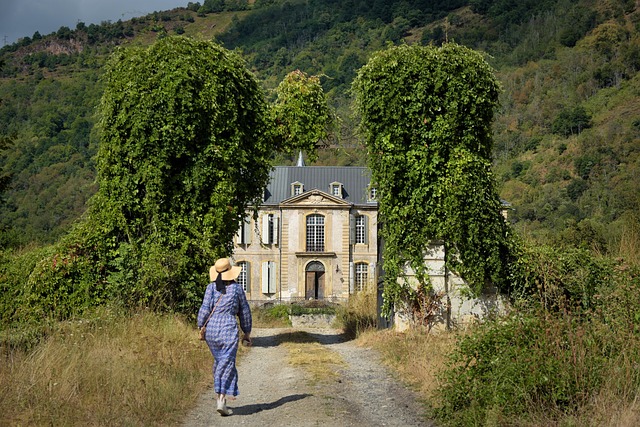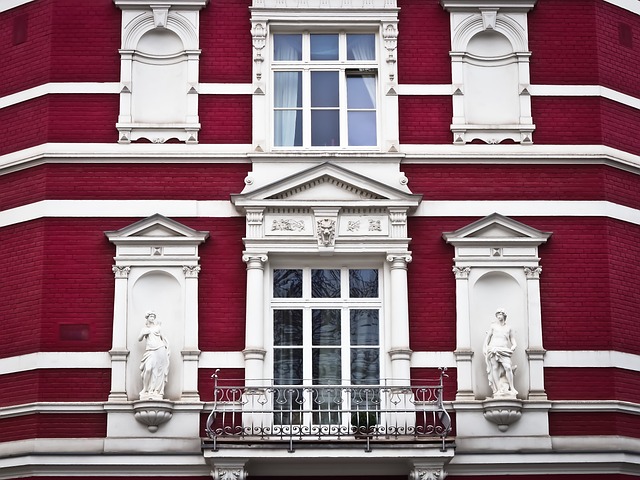In today's real estate market, achieving authenticity in property development is crucial for creating desirable homes. This involves balancing modern updates with historical preservation, focusing on meticulous restoration techniques and subtle enhancements that preserve unique architectural details. By combining contemporary design with historic charm, developers cater to diverse buyer preferences while cultivating a sense of community and connection, ensuring properties become truly cherished homes. Smart updates like efficient appliances and eco-friendly materials further enhance appeal without compromising authenticity.
In today’s real estate market, striking a balance between modern updates and authenticity is crucial for creating desirable spaces. This article explores the concept of authenticity in real estate, delving into what defines core authenticity and its significance. We then analyze the impact of modern renovations while offering strategies to achieve harmony. By preserving historic elements and embracing thoughtful updates, professionals can enhance properties without sacrificing their unique character, ensuring both appeal to contemporary buyers and a sense of place for locals.
Understanding Authenticity in Real Estate: Defining the Core

In the realm of real estate, authenticity has emerged as a key differentiator, especially in an era dominated by modern updates and innovative design trends. Understanding what constitutes authenticity is essential to creating spaces that truly resonate with residents and prospective buyers alike. At its core, authenticity in real estate involves preserving the unique character and history of a property while incorporating contemporary elements seamlessly. It’s about telling a story that spans time, where the past meets the present in harmony.
When defining the essence of authenticity, one must look beyond mere aesthetics. It delves into the preservation of architectural details, original materials, and even the memories associated with a place. In many cases, this means adopting restoration techniques that restore a property to its former glory, allowing it to stand as a testament to its historical significance. By doing so, developers and designers not only create living spaces but also foster a sense of connection and community, making each residence a cherished home.
Modern Updates and Their Impact: A Balancing Act

In today’s dynamic real estate landscape, modern updates are a double-edged sword. While they enhance property appeal and attract a wider range of buyers, authentically retaining a space’s unique character is paramount. Each renovation or remodeling project presents an opportunity to blend contemporary aesthetics with historic charm, creating a harmonious fusion that resonates with potential residents.
The balancing act lies in understanding what updates truly add value—whether it’s modern amenities, energy-efficient systems, or thoughtful design choices—while preserving the essence of the original space. Skilled professionals can guide homeowners in making informed decisions, ensuring that modern updates enrich the property’s story and desirability without eclipsing its authentic appeal.
Strategies to Achieve Harmony: Preserving Authenticity While Embracing Change

In the realm of real estate, balancing modern updates with authenticity is an art that requires a delicate touch. As we navigate evolving trends and consumer preferences, it’s crucial to preserve the unique character and charm that make each property special. One effective strategy is to integrate new elements seamlessly, focusing on enhancements that complement the existing architecture rather than drastic overhauls. This can involve smart updates like efficient appliances, modern lighting fixtures, or eco-friendly materials that enhance energy efficiency without compromising aesthetics.
Additionally, understanding the target market’s desires while staying true to a property’s heritage is key. Conducting thorough market research and staying attuned to trends enable developers and restaurateurs to make informed decisions. Incorporating elements that cater to contemporary tastes while respecting historical significance ensures a harmonious blend. For instance, in an old town with charming Victorian homes, a café could update the interior design with modern art and furniture while preserving the exterior’s classic charm.






